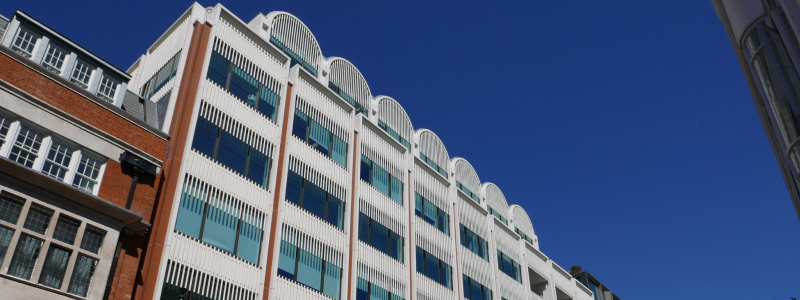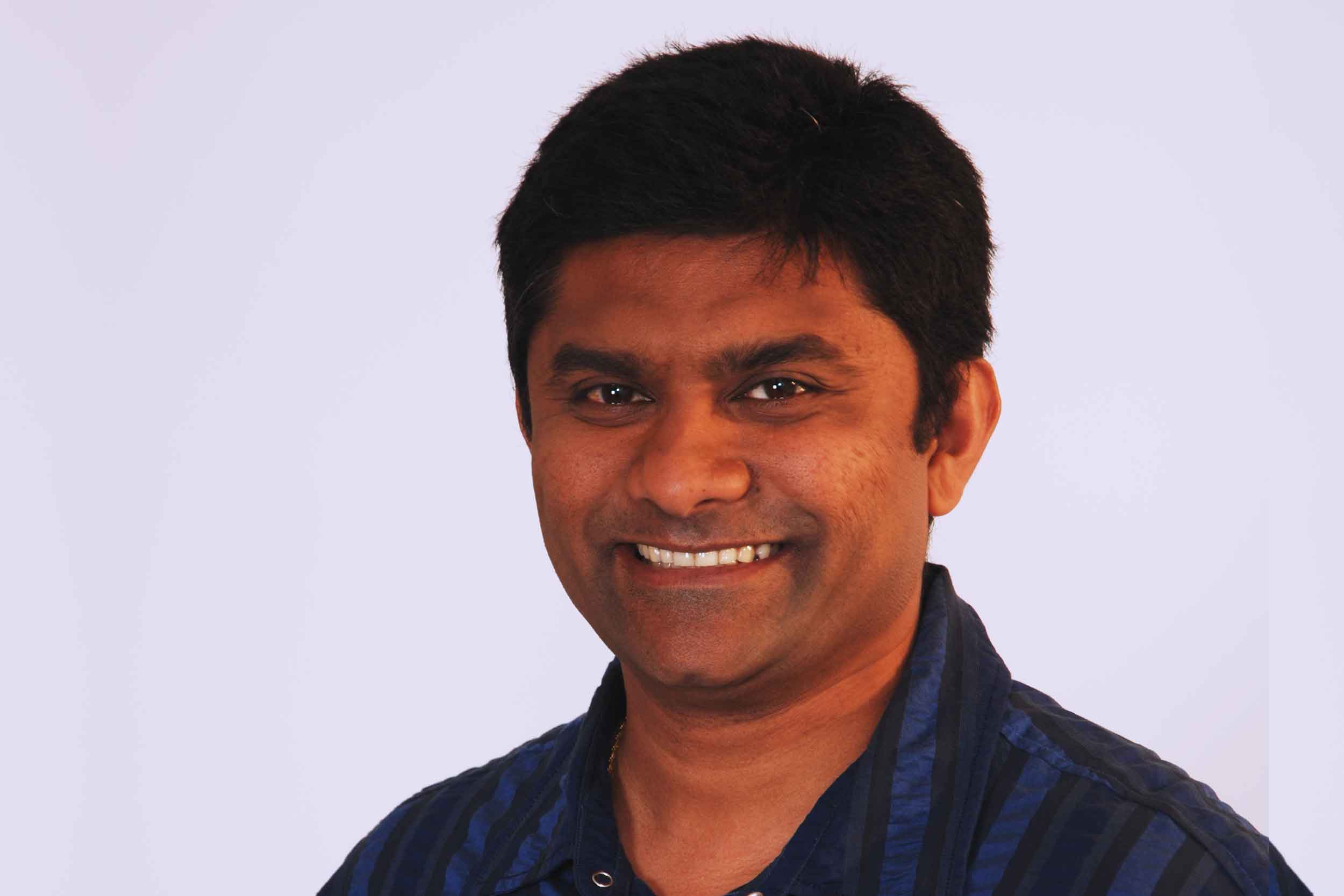Knowledgebase
About Knowledgebase
At De Silva Solutions, we believe it’s our duty to share our experiences from more than 20 years in the building industry. We’ll tell you what worked and why, explain what definitely won’t work and guide you towards the best people in the industry to get the job done.
Friday, November 10, 2017
The High Rise Fire

Build trust
It doesn’t matter what your job title is, the best people in the industry consider it their role to build trust during and after the building process. Good managers use their experience and education to control time, budget and quality. We need to trust their ability to balance the competing arguments between their head and heart. If the building were to fail, we need to be sure the person in charge would take responsibility and face the consequences.
These days, the growing perception is economic benefit trumps science and good design, so can we trust buildings are safe?
Review the options
The design process begins with the choice of materials – for example, PIR versus rockifibre or stonewool. Team that with cost and the ease of install, formaldehyde free, fibrefree, long-term performance and mould-resistant design and before you know it the project manager is faced with a plethora of decisions.
Every one of them is charged with constructing a cost effective building to meet budget, versus acceptable risk by value engineering. The manager’s motivation to buy is broken into six buying motives around possession, experience and recognition.
All life is valuable, so what would cause a manager to put lives at risk by ignoring minimum standards, science and testing?
Apply the science
So what if it’s a science versus economics argument – CSIRO/BRANZ versus the treasury? When you don’t like the argument sack the scientist, or if your treasury says we can’t afford it, be more conservative with your predictions and show that coral reef dying and increased temperatures are manmade. The fact is we are running out of fossil fuels and the current dominant players don’t want to lose their influence, pay scale, and dominance to the new contenders. It’s like when we were kids – you choose points you know siblings don’t like arguing and then distract mum or dad with a personal truth that makes your sibling look less truthful than you. Or in the case of a corporate bully, trying to force a smaller opponent or customer to comply, they would assault you with buying motives that make you choose. Thus avoiding a loss, pain and problems because you value your pride, social standing and continue to make a gain.
The facts are no longer the facts, they are fake news or social media visions of what you should be thinking. In Australia, we’re not dumb. As a population we have a scepticism that doesn’t over play idealism, nor do we take ourselves so seriously we don’t have fun. But my perspective is we are running out of resources, we need to change, adapt and move on.
What if the ideal solution is non-combustible?
So why do we have to change our position that everything on the external walls should be non-combustible? I would refer to George Orwell’s Animal Farm, that is “all animals are created equal”. The guys in power have changed it to, “some animals are more equal than others”. Plasterboard made from recycled paper, plastic electrical cables, paint, sarking, waterproofing and insulation all need to be accommodated on external walls, floors and rooves.
Ideal expectations
We have to get a result that returns a benefit and meets the expectations of our people. We have to change because some animals are protected or bully their way to being more equal than others. Rise up and stand for a better outcome, we have a choice and an ability to influence change, how you do it is how big your excuse file is versus the motivation to do better.
What if my kids worked or lived in this building? When I worked for a big multi-national there was a sales manager who asked me on my first day as a salesman, “what makes you get out of bed and put your feet on the cold tiles?”. I said I wanted to make a difference, I wanted to do something that would make my future kids proud of us and what we contributed. No more questions for 40 mins.
I have internalised that question and asked if I was designing this building, would my kids be able to safely work here? I would never knowingly specify a combustible material in a fire escape or fire control room. If it was, I would move it to the outside.
I did not actively sell the rockfibre / stonewool product. I sell PIR because it takes up less space and is easier to handle. I have to consider both products and I’m happy to let others handle it.
So would I like my kids to be to work in a PIR factory, or install rockfibre / stonewool? Neither. I would like them to work in a clean environment that did not cause them long-term injury or risk. What about working or living in a building with toxic mould or formaldehyde issues? Neither. I would hope that it was designed with a safe environment in mind. So where can they work and live? Answer – somewhere affordable and near me.
So lets reintroduce the dark art of economics. How safe is it and how much value do we place on each of the benefits we want to experience? Economics is impartial, but some ‘animals are more equal and valuable than others’. So how do decisions get made? One example, let’s just sit at the table eat, drink and be merry and come up with a decision that is a compromise. As Stephen Covey would say, the lowest form of agreement, it is not win-win, it is win-lose. Being critical of win-lose decisions has been like shouting at the tide not to come in – fruitless. Maybe it’s better to say, if we don’t sell to you now, we’ll get you on the rectification.
Solution: Sell it before someone realises the real cost to fix it.
Responsibility
It’s not about the consequences, it’s about taking responsibility. If it fails, would I go on TV and say I made a mistake based on personal gain? For example, would I sell reflective insulation in a cold or heating climate? No way. It’s based on theory that only works in a vacuum and it can lead to condensation issues. Now, would I sell the PIR on a high rise tower? Is there a safe way to put it in, so that we don’t have to pull it down later and will the occupants live there safely?
Okay, what other risks need to be assessed if we put combustible material on the façade?
Is there a way to assess the risk that is not zero?
Stay tuned for the next series of blogs, where we discuss the fallout from this article.
Lest we forget those who died in building-related failures.
"If you're looking for a team or network to keep things simple and help guide your next building to a more energy efficient end, please get in touch. We have the industry experience to provide the most cost effective, efficient site solutions for engineers, contractors, architects and owners."

RAV DE SILVA
CEO

Our mission is to deliver value for owner and occupiers of buildings. Passive House provides a means of achieving great thermal comfort levels by using simple systems and attention to details during construction.
CONTACT
rav@desilvasolutions.com
Telephone
+61 2 9596 2957
0435 75 3547
© Copyright 2020 DeSilva Solutions - All Rights Reserved
Design & Development: June 03rd
